The use of drones has skyrocketed in recent years. This has been facilitated by the advent of smaller affordable drones along with the growth of social media platforms like YouTube or Instagram. The use of drones to take incredible photos and recordings from vantage points previously only reserved for big budget Hollywood film crews, has allowed amateur and professional photographers and videographers alike to not only produce beautiful works of art but also to be able to show it off to the entire world facilitated by social media. However, drones have impacted many other industries, especially those in which saving lives is paramount.
Although it may not be thought of often, but drone use has been employed in the emergency services and firefighting sectors for over a decade, revolutionising how professionals in the sector go about their day-to-day operations. In this post we will detail some of the ways in which drone use has indeed transformed firefighting and first response services as well as touch on where drone use may go for the sector in the future.
The benefits of drone use for Fire and Rescue services
Real-Time Data Streaming Provides Better Risk Assessment
One area in which drones have proven to be invaluable is with their capacity to collect and stream real-time data back to emergency services teams. By providing real-time data about the evolution of an emergency situation in remote or difficult-to-reach areas, the utilisation of drones allows for better tactical and strategic deployment decisions to be made. This greatly reduces the risk to human life of the professionals in the field.
As one might imagine, this is particularly useful in high-risk situations where there is a potential lethal hazard present, such as nuclear incidents or explosive atmospheres. To use an example from UKFire, a DJI Matrice was equipped with a thermal imaging camera to inform firefighters of pockets of peat that are still smouldering underneath areas where fires appeared to have been previously extinguished.
With information such as this, that was previously unattainable without drones, fire and rescue teams are able to assess risk much better and thus reduce the risk to human life.
Improved Accessibility to Remote Areas
As we’ve already discussed, drones are ideal for gathering information to send back to firefighters and emergency services professionals. This initial fact-finding mission allows for better risk assessment and lower risk to life, as previously touched on, and this is especially helpful in situations where a firefighting or rescue operation needs to be carried out in a remote or difficult-to-reach area, where putting “boots on the ground” would be less efficient and more risky. Given that drones are aerial and more agile than more traditional aerial vehicles such as planes, they are able to fly over and around more rugged difficult-to-survey terrain.
This is not necessarily only reserved for use in remote areas, but also in difficult-to-reach urban areas. For example, if you imagine a situation in which there is a car crash on a motorway, there could be a massive traffic block that would be difficult for first responder ground vehicles to navigate. Thus, a drone is particularly useful to fly over the traffic to assess the crash situation quickly from afar and bring back vital information for emergency services professionals to take action.
More Efficient Multi-Agency Working
In addition to real-time data improving risk assessment and the ability to access remote areas, drones also allow for more efficient collaboration across agencies. The data collected by drones does not only have to be used by one agency, but it can also be shared across agencies that have the setup to share the data. This drastically reduces the possibility of decisions being made based on bad information and provides shared awareness of an emergency situation to allow for more efficient and effective working together. What this all equates to is an increased capacity for coordinating logistics, more effective strategic planning and decision-making, and a much higher probability that a positive resolution can be had for all involved, with a lower risk to human life, to boot.
Thermal Imaging and Infrared Cameras
Recently, it has been widely reported that drones have been used in the fight against COVID-19 in a symptom tracing capacity through thermal imagery to monitor body temperature. Through this type of symptom tracing, hot spots can easily be detected by drones to allow authorities to deal with them swiftly in an effort to save lives.
However, Drones have been employed by firefighting and emergency services teams equipped with thermal imaging cameras and infrared cameras for some time. This has been instrumental in many firefighting and rescue operations. As previously mentioned, with regard to fire response, thermal imaging provides valuable intel in terms of identifying hotspots in a large blaze or other dangers such as gas cylinders at risk of exploding. This, again, allows for the gathering of crucial information to more efficiently resolve emergency situations and save lives.
Not only are thermal imaging and infrared cameras useful for surveying hot spots, but they are also ideal for search and rescue operations. As we’ve already established, drones can fly over an area and spot areas with high temperatures. However, this is not exclusive to assessing fires, as it could be the high body temperature of people or animals that need rescuing that the drone is used to spot. In the past, a search and rescue operation could take days. However, in situations as these, every second counts and rescue personnel must take quick action to save the person or animal in need. Drones’ ability to survey vast areas of land swiftly is paramount to a quick resolution to search and rescue operations.
What we learned from Notre Dame and the future of Drone use in Fire and Rescue
In April 2019, the entire world watched on as the Notre Dame cathedral was burnt to the ground. Although the incident was tragic, if anything good came of it, it was the light shed on the positive use of drone technology that improved the safety of firefighters, enhancing the effective targeting of firefighting efforts on large-scale blazes, which saved many lives.
This incident gave us a glimpse into the future of drone use for fire and rescue operations. Robert Garbett, Founder and Chief Executive of Drone Major Group commented in the aftermath, “Firefighters, desperate to quell the flames and preserve what they could of this historic landmark, looked to drones for safety and guidance. DJI drones equipped with delicate, yet powerful imaging devices helped to add information, insight and data to the strategy of the crews on the ground, while allowing them to keep a safe distance from the scene.
“Utilising images and livestream videos, the firefighters could remotely identify the most critical areas of the fire, the current status of infrastructure and, most importantly, where to focus their preservation efforts.”
Until recently, drones have been largely only able to be employed for observation and intelligence gathering. However, as drone technology evolves, fire and rescue services will be able to employ drones to tackle fires themselves in remote areas, reducing the need for sending firefighters to the fire. This could be on land or at sea.
Hybrid drones, also known as multi-modal systems, would allow drones to be operated far from a blaze to distinguish large scale fires at sea on ships or oil rigs, for example. They could also be sent to distinguish large scale fires at chemical plants, for example, where the presence of firefighters could be perilous.
Earlier in 2020, we saw much of the west coast of the United States up in flames. Imagine the possibilities of drones used to distinguish fires themselves without the need to endanger forest firefighters.
Garbett commented further, “This is a natural application for drone technology and there are already companies developing systems for this purpose. While we are a way off from widespread adoption, it is inevitable that you will see more advanced drones systems being used by firefighters of the future. If we have learned anything from the tragic incident at Notre Dame it is that firefighting drones, in combination with the heroism of firefighters, are the future of fire safety.”
Drones are crucial but how to ensure their functionality? The answer is PROTECTION
Drone equipment demands perfection. With a crush, dust and waterproof Peli™ Protector Case™ case and a number of DIY custom foam solutions, a drone will be perfectly and safely nested from the outside world. Peli case interior foam is sturdy, resilient and can absorb shock from internal drone movement. That will preserve its functionality to perform at crucial times, when most needed.
Since 1976, military, fire and law enforcement professionals have trusted Peli to protect their equipment. The watertight O-ring seal and double-throw latches keeps the lid shut, water out, and is easy to open on the job. Plus, tough polymer structure is engineered for extreme drops and impacts. Peli is engineered for life and so it comes with a Lifetime Guarantee (where permitted by Law).
To learn more about Peli’s cases, click on the button below.





.png)

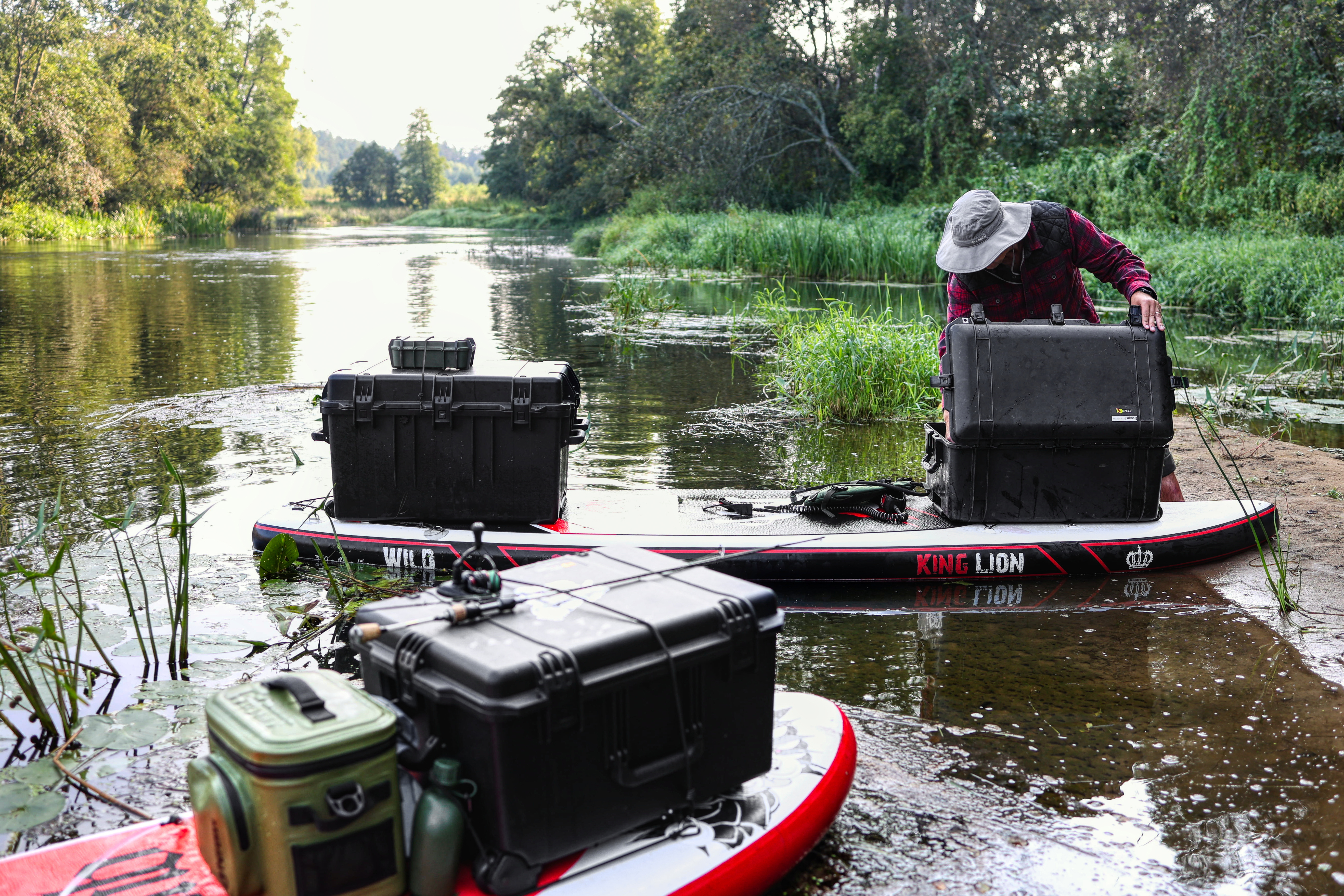
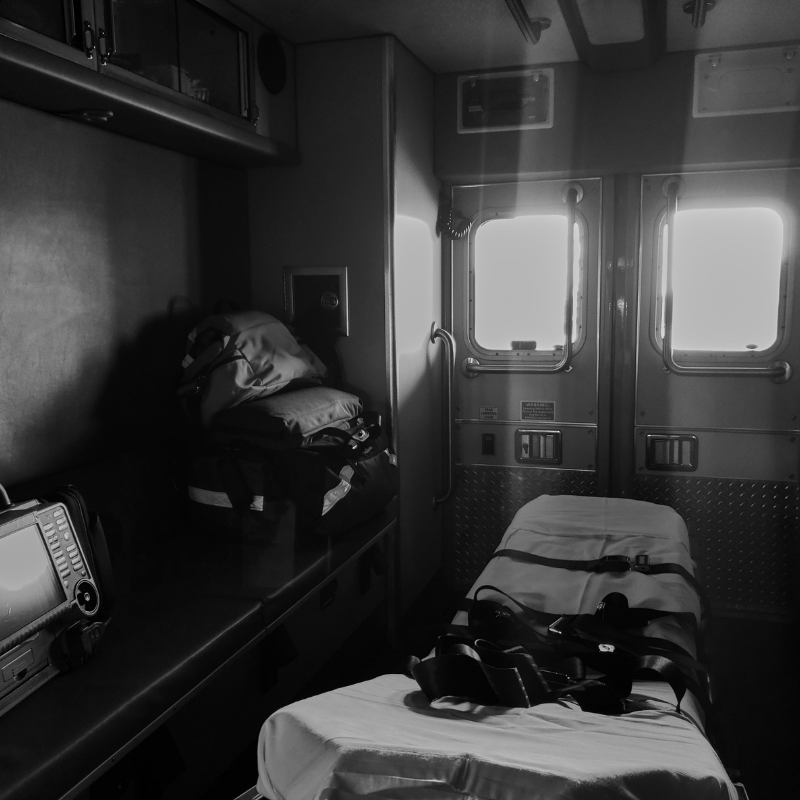
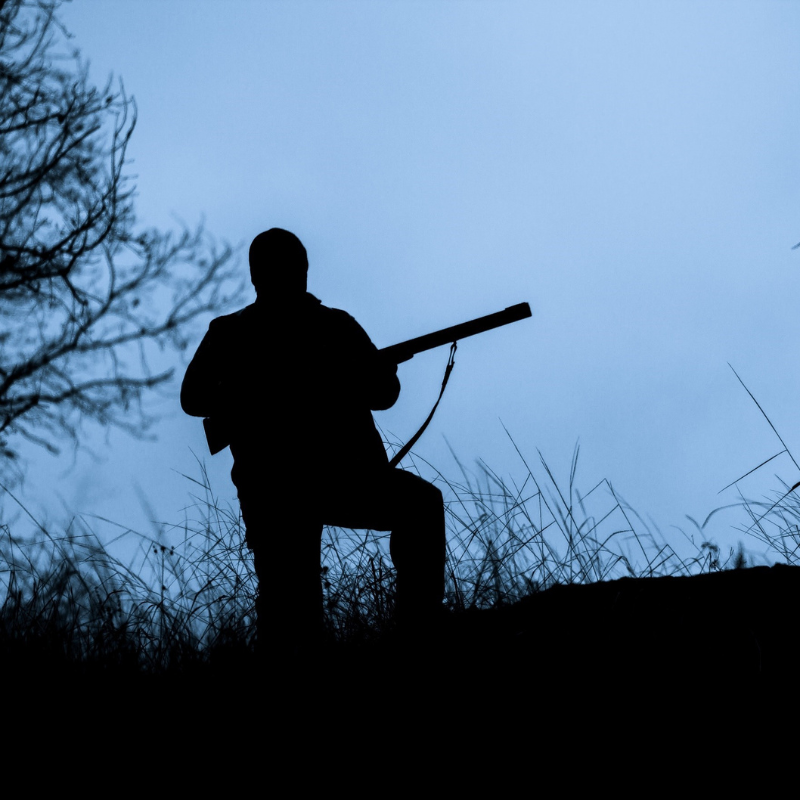

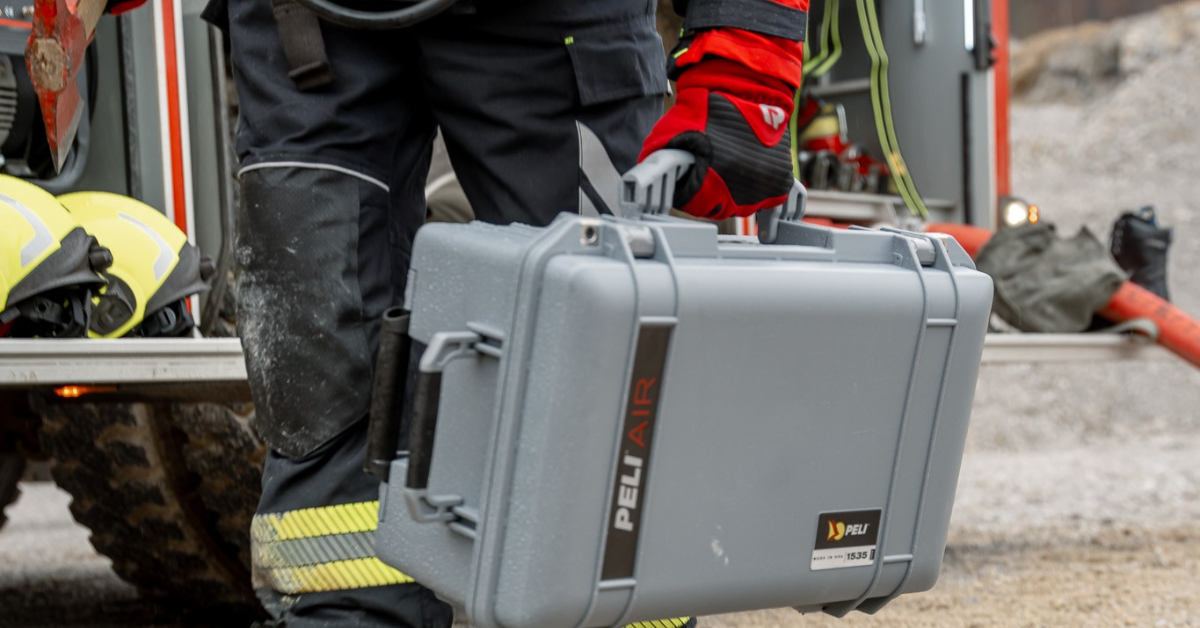
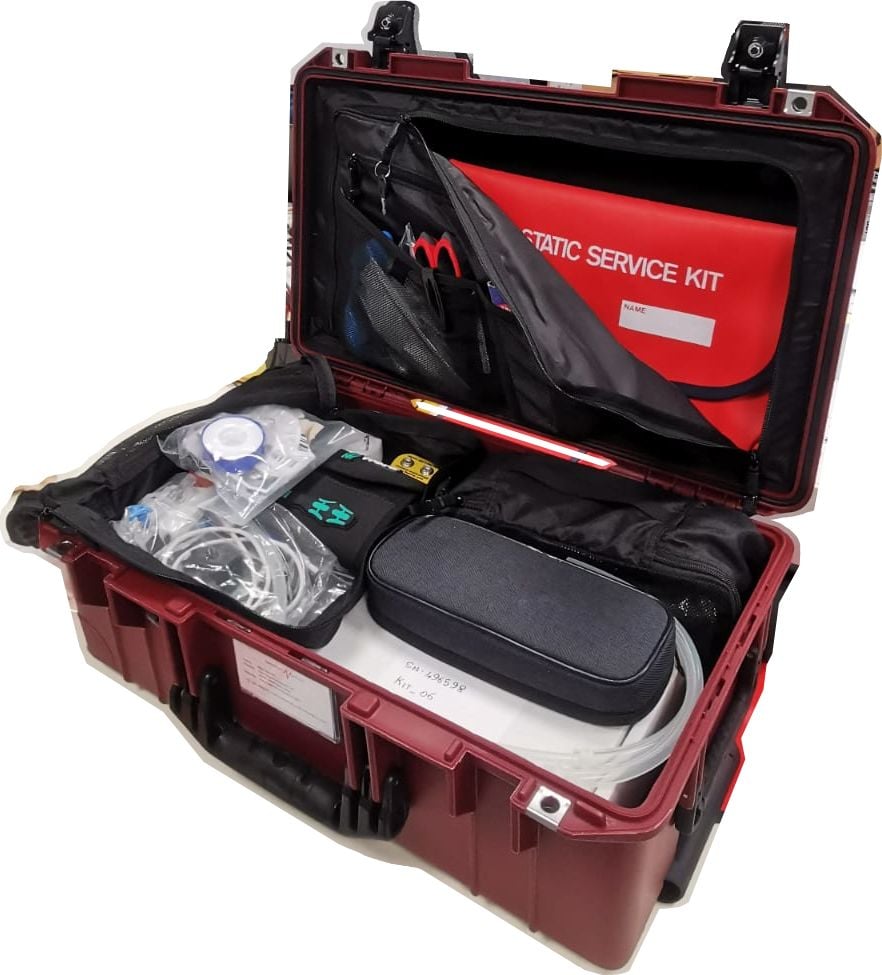
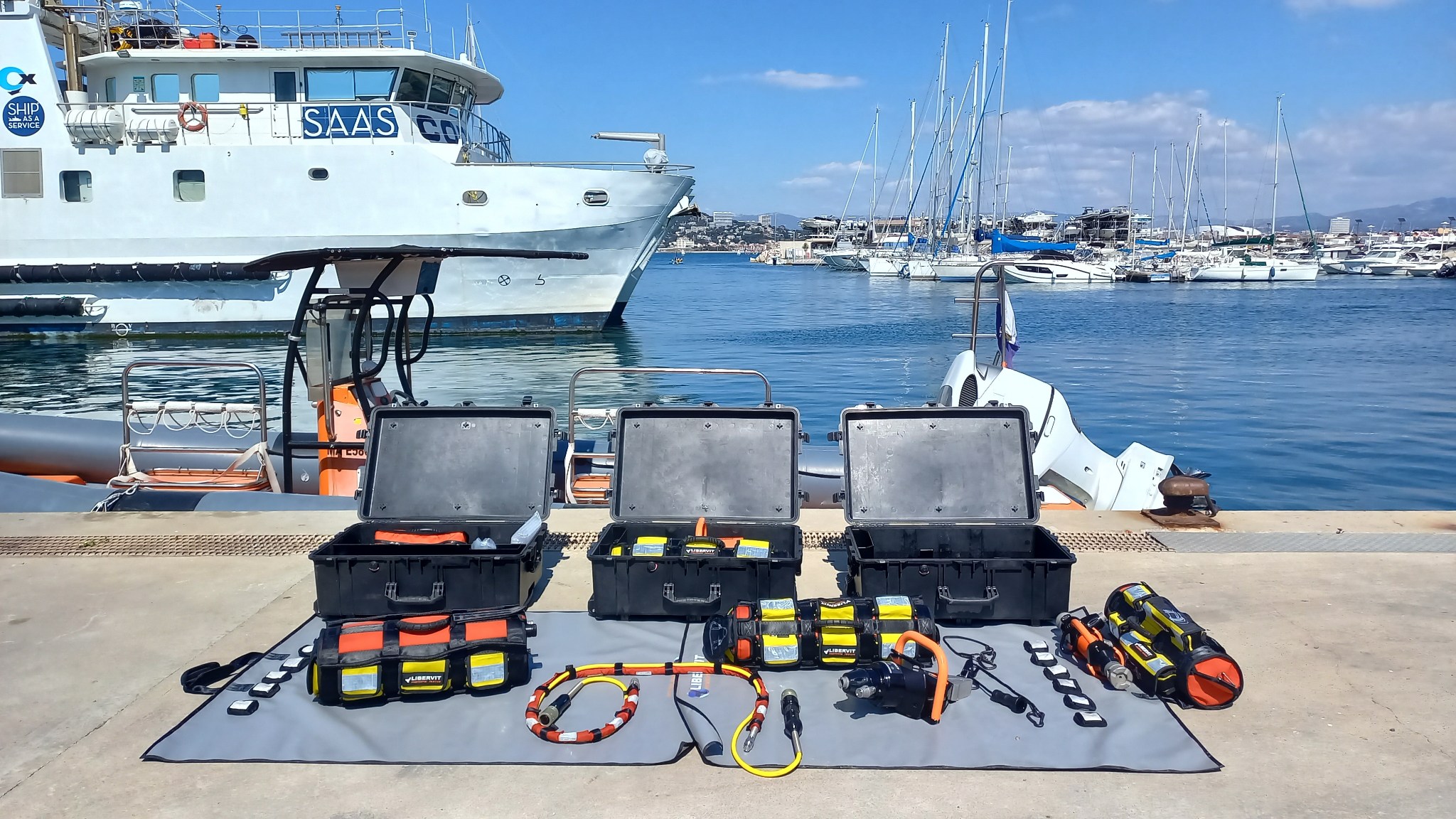
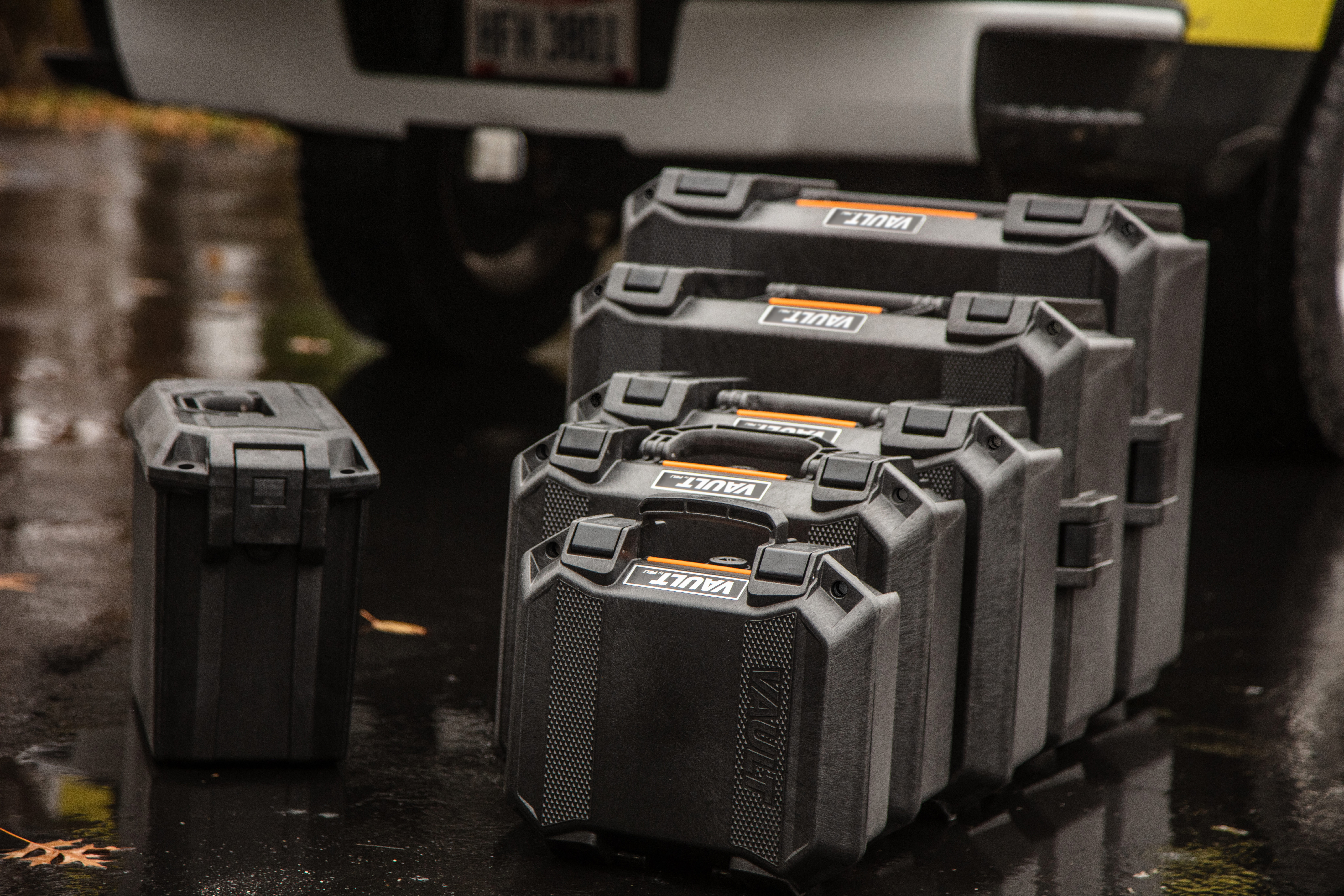
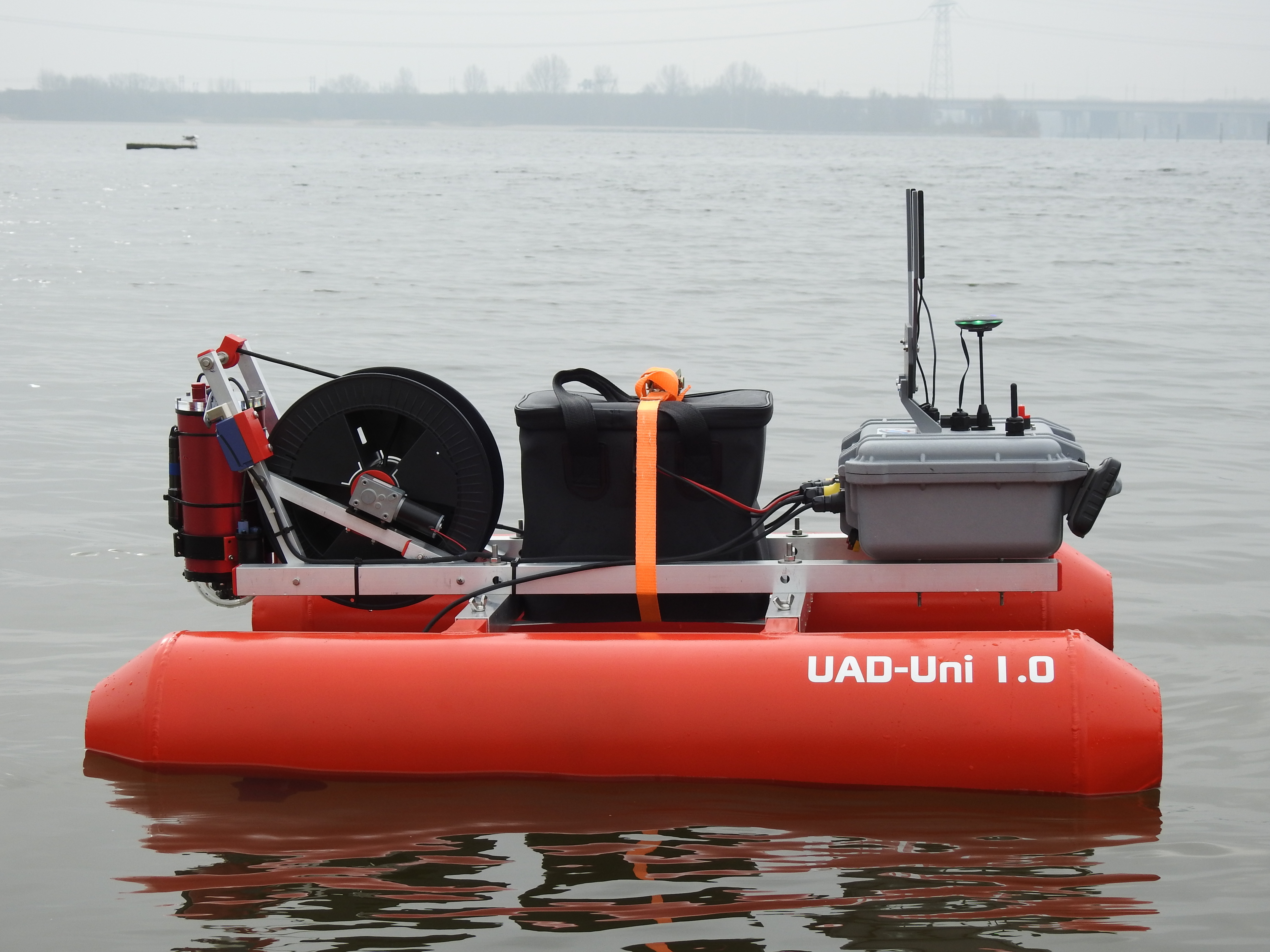
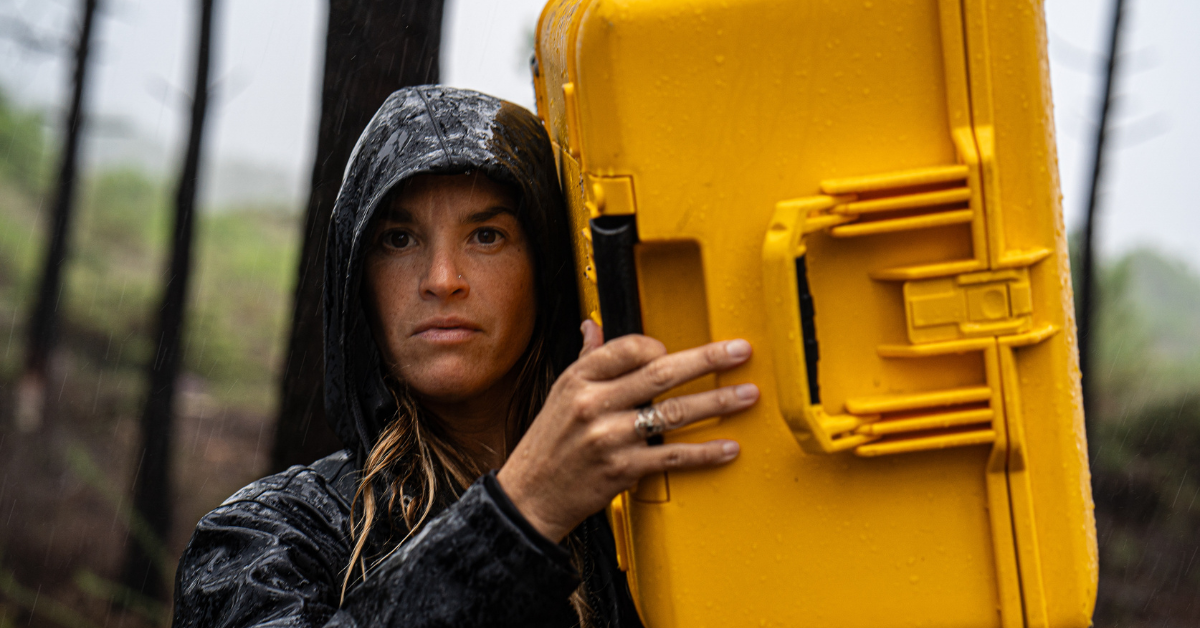
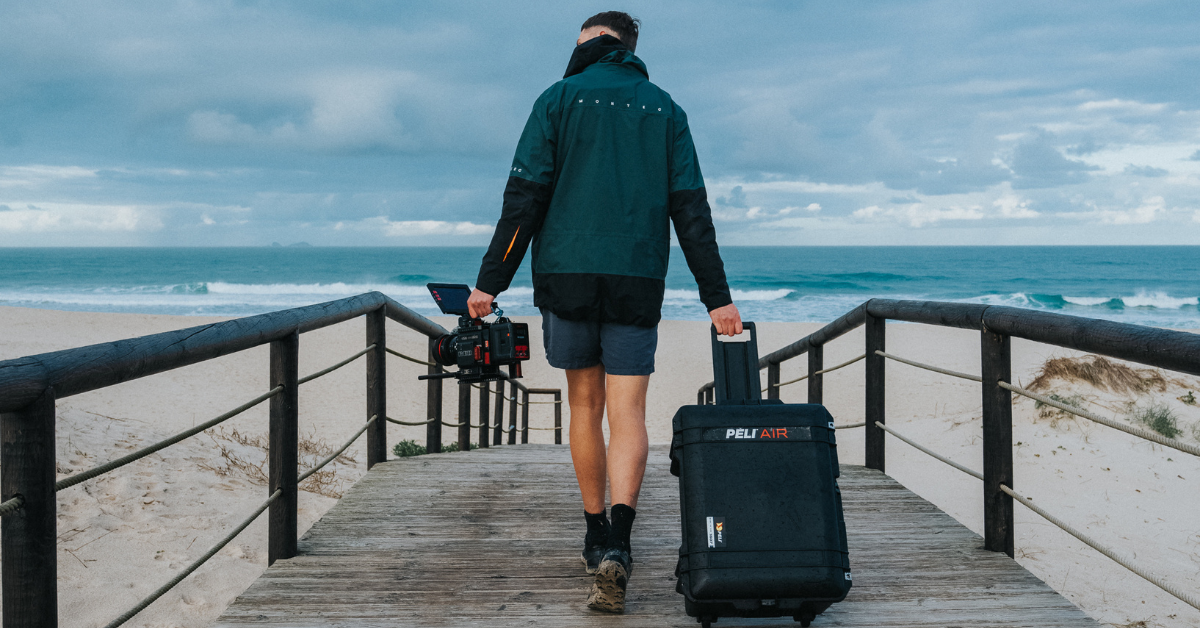


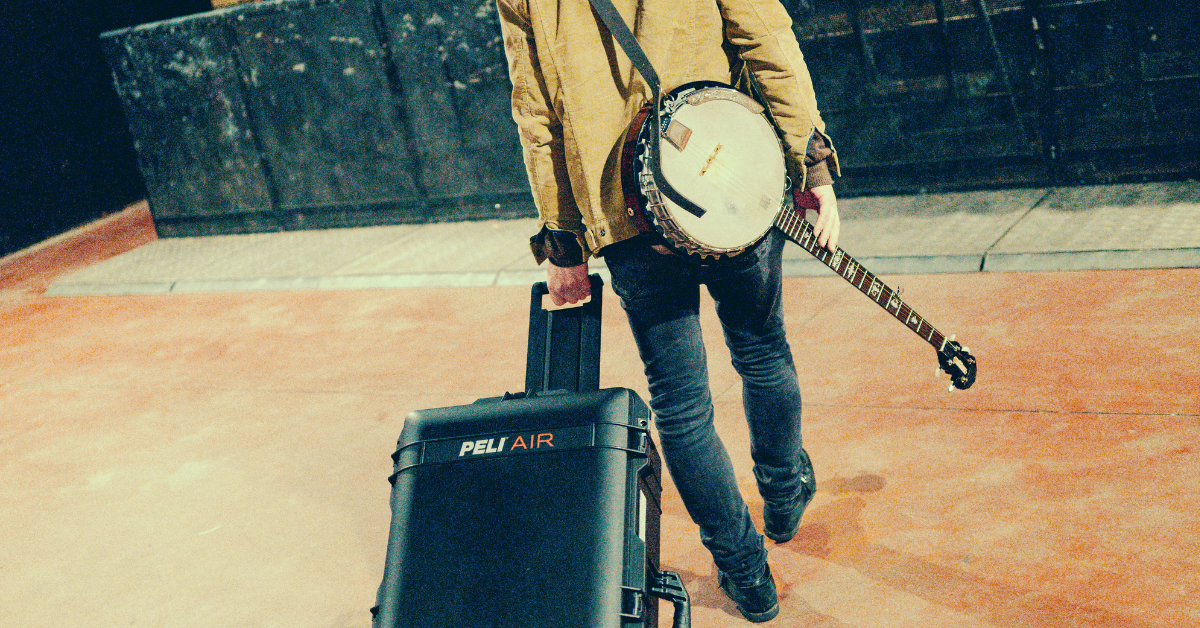
Post a comment